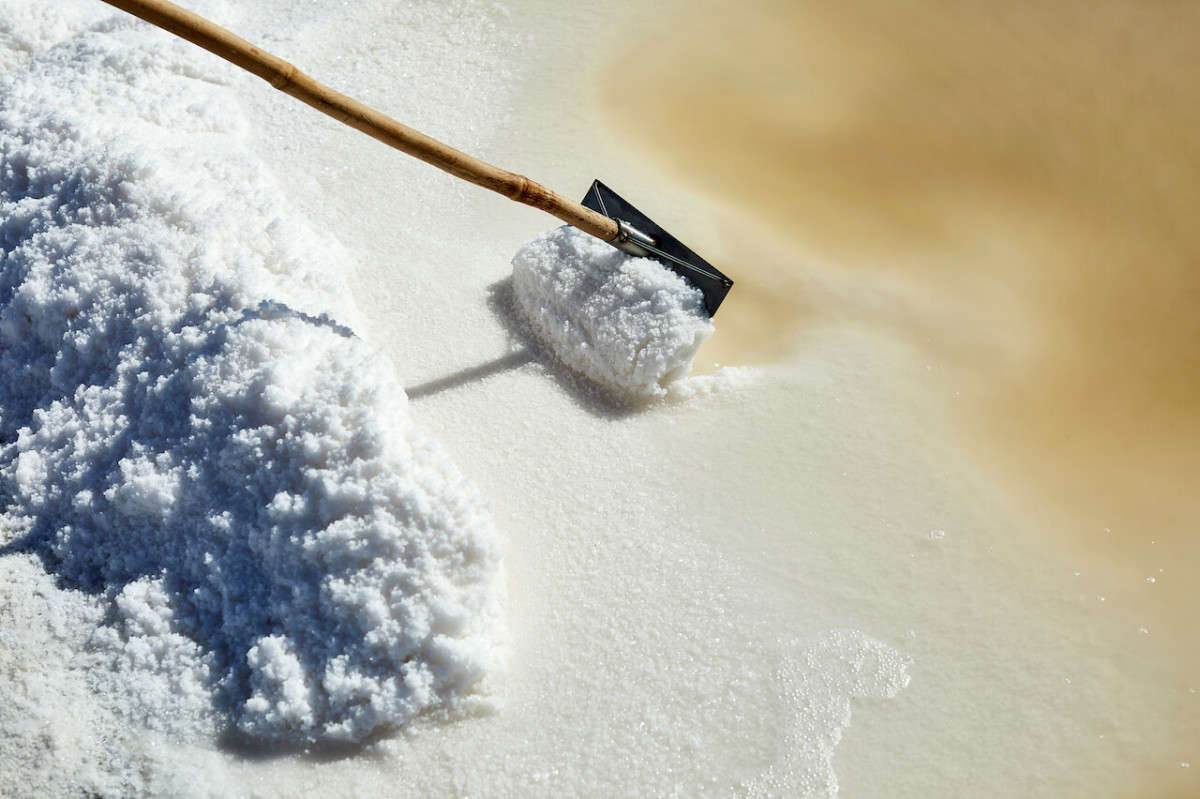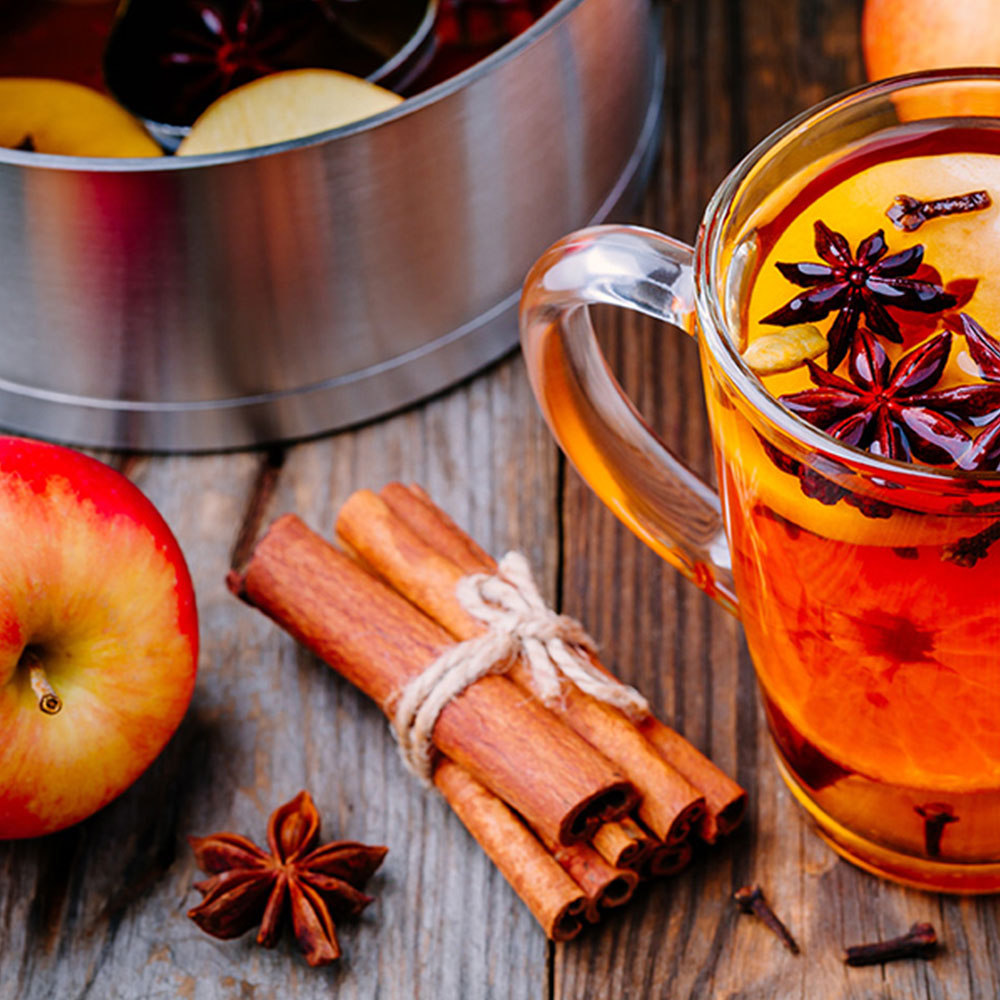20 June 2022
Supplier Focus: Necton Salt - traditional Portuguese hand-harvested salt

Have you ever wondered why our Traditional Sea Salt is so clean and white? It’s because it is hand-harvested on the Algarve in Portugal where the summers are long and hot, using a traditional method that ensures the purest of sea salts.
Where does Steenbergs source its Traditional Sea Salt?
 We source our traditional sea salt from Necton SA, based in the protected National Park of Ria Formosa on the Algarve in Portugal, an area rich in flora and fauna. We use it as a base for all our salt blends, including Perfect Salt, and also source the gourmet Fleur de Sel (Flor de Sal) from Necton too.
We source our traditional sea salt from Necton SA, based in the protected National Park of Ria Formosa on the Algarve in Portugal, an area rich in flora and fauna. We use it as a base for all our salt blends, including Perfect Salt, and also source the gourmet Fleur de Sel (Flor de Sal) from Necton too.
Necton was founded by João Navalho and his friend Victor Verdelho back in the late 1990s. Recent aquaculture graduates, they had won a grant to look for new ways to harness Portugal’s natural resources and were intending to develop a business growing algae rich in beta-carotene, a safe, non-chemical, organic orange dye used in foodstuffs. They realised that there was a wealth of knowledge and resources in the area from Marenotos who used to harvest the sea salt in the traditional way and decided to invest in reviving this ancient tradition to produce world class sea salt.

Necton continues to work in a fully sustainable way, using low environmental methods and renewable energy. It is part of the Slow Food Movement, is Kosher certified and also has certification for unrefined organic sea salt. The company now has two different parts – one for sea salt and one for microalgae production.
What is Fleur du Sel/Flor de Sal?
Fleur du Sel or Flor de Sal (Portuguese) is the gourmet of all sea salts. It is harvested by gently skimming off the first salt crystals that float to the surface of the salt pans. They only surface for a few hours so the process must be done quickly and daily and, as it is done by hand, the mineral content is intact giving a strong mineral bouquet.
 What is the difference between Fleur de Sel (Flor de Sal) and Sel de Guèrande?
What is the difference between Fleur de Sel (Flor de Sal) and Sel de Guèrande?
French Sel Gris or Sel de Guèrande which is produced in Brittany, France, has a pale grey colour due to the clay bottom of the salt pans. Heavier rainfall in the North of France compared to the hot sunny south of Portugal, means that the sea water mixes more and can pick up the natural clay deposits.
How would you recommend serving Traditional Sea Salt and Fleur de Sel?
Both are delicious table salts and can be used to season meat or sprinkled generously on new or sautéed potatoes. Fleur de Sel works well in robust dishes, especially those with Mediterranean flavours and our Traditional Sea Salt can be used in everything from pasta water to crumbling over fish or homemade focaccia bread.
Here are a few recipe ideas from our website:
For more information on sea salts do read Axel’s blog here.




